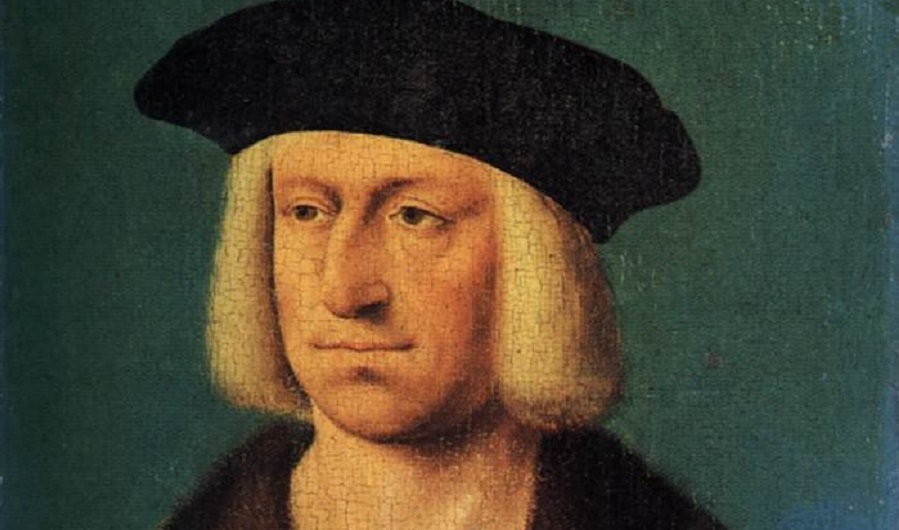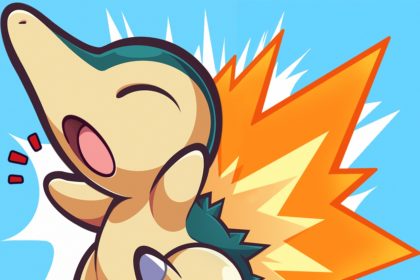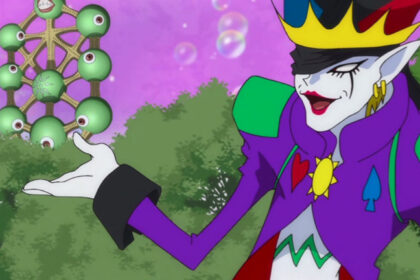Maximilian I was King of the Romans from 1486 and Holy Roman Emperor from 1508 until his death, though he was never crowned by the Pope, as the journey to Rome was always too risky. Take a look below for 25 more fascinating and interesting facts about Maximilian I.
1. He was the son of Frederick III, Holy Roman Emperor, and Eleanor of Portugal.
2. He ruled jointly with his father for the last ten years of the latter’s reign, from c. 1483 to his father’s death in 1493.
3. Maximilian expanded the influence of the House of Habsburg through war and his marriage in 1477 to Mary of Burgundy, the heiress to the Duchy of Burgundy, though he also lost the Austrian territories in today’s Switzerland to the Swiss Confederacy.
4. Through marriage of his son Philip the Handsome to eventual queen Joanna of Castile in 1498, Maximilian helped to establish the Habsburg dynasty in Spain, which allowed his grandson Charles V to hold the thrones of both Castile and Aragon.
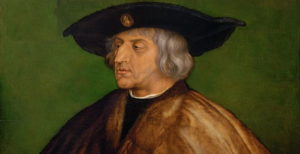
5. Maximilian was born at Wiener Neustadt on March 22, 1459.
6. His father, Frederick III, Holy Roman Emperor, named him for an obscure saint who Frederick believed had once warned him of imminent peril in a dream.
7. In his infancy, he and his parents were besieged in Vienna by Albert of Austria.
8. One source relates that, during the siege’s bleakest days, the young prince would wander about the castle garrison, begging the servants and men-at-arms for bits of bread.
9. The young prince was an excellent hunter, his favorite hobby was the hunting for birds as a horse archer.
10. The reigning duke of Burgundy at the time, Charles the Bold, was the chief political opponent of Maximilian’s father Frederick III.

11. Frederick was concerned about Burgundy’s expansive tendencies on the western border of his Holy Roman Empire, and, to forestall military conflict, he attempted to secure the marriage of Charles’s only daughter, Mary of Burgundy, to his son Maximilian.
12. The wedding between Maximilian and Mary took place on the evening of August 16, 1477.
13. Maximilian’s wife inherited the large Burgundian domains in France and the Low Countries upon her father’s death in the Battle of Nancy on January 5, 1477.
14. Already before his coronation as the King of the Romans in 1486, Maximilian decided to secure the distant and extensive Burgundian inheritance to his family, the House of Habsburg, at all costs.
15. Maximilian undertook the defense of his wife’s dominions from an attack by Louis XI and defeated the French forces at Guinegate, the modern Enguinegatte, on August 7, 1479.
16. The wedding contract between Maximilian and Mary stipulated that only the children of the bride and groom had a right to inherit from each, not the surviving parent. Mary tried to bypass this rule with a promise to transfer territories as a gift in case of her death, but her plans failed.
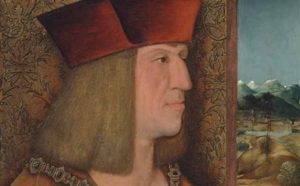
17. After Mary’s death in a riding accident on March 27, 1482, near the Wijnendale Castle, Maximilian’s aim was now to secure the inheritance to one of his and Mary’s children, Philip the Handsome.
18. Maximilian was elected King of the Romans on February 16, 1486, in Frankfurt-am-Main at his father’s initiative and crowned on April 9, 1486, in Aachen.
19. He became ruler of the Holy Roman Empire upon the death of his father in 1493.
20. Much of Austria was under Hungarian rule when he took power, as they had occupied the territory under the reign of Frederick.
21. In 1496, Maximilian issued a decree which expelled all Jews from Styria and Wiener Neustadt.

22. In 1509, he passed the “Imperial Confiscation Mandate” which ordered the destruction of all Jewish literature apart from the Bible.
23. In 1501, Maximilian fell from his horse and badly injured his leg, causing him pain for the rest of his life.
24. Some historians have suggested that Maximilian was “morbidly” depressed. From 1514, he traveled everywhere with his coffin.
25. Maximilian died in Wels, Upper Austria, and was succeeded as Emperor by his grandson Charles V, his son Philip the Handsome having died in 1506. For penitential reasons, Maximilian gave very specific instructions for the treatment of his body after death. He wanted his hair to be cut off and his teeth knocked out, and the body was to be whipped and covered with lime and ash, wrapped in linen, and, “publicly displayed to show the persihableness of all earthly glory.”

